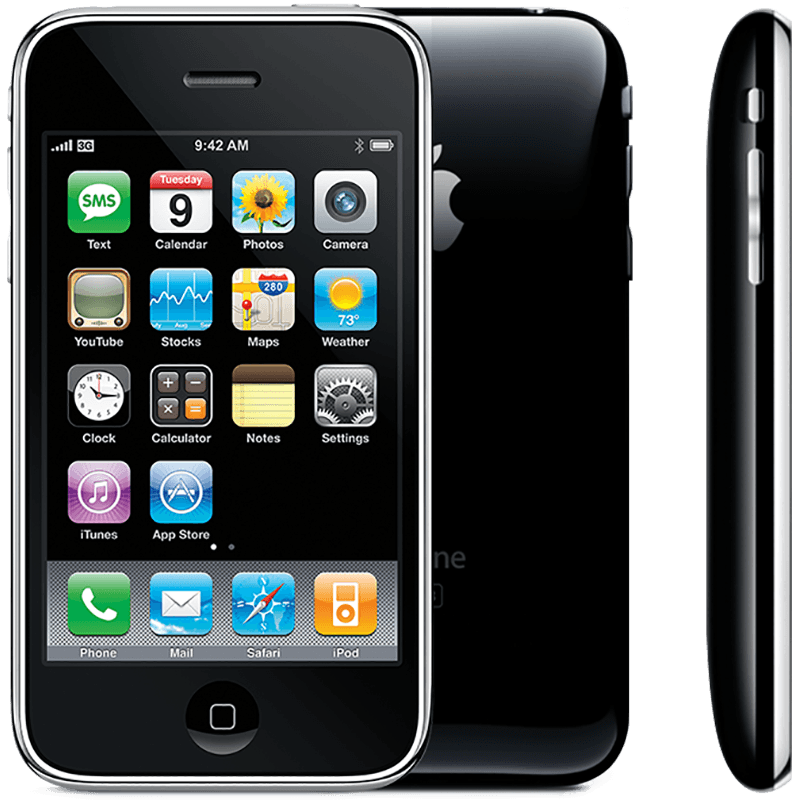2G, 3G, 4G– What are They?
- Quite simply, the “G” stands for Generation, as in the next generation of wireless technologies.
- Each generation is supposedly faster, more secure and more reliable. The reliability factor is the hardest obstacle to overcome.
Let's have a look, by comparing:
Parameters
|
2G
|
3G
|
4G
|
|---|---|---|---|
Image
|
 |  |  |
Name
|
2nd Generation Mobile Network
|
3rd Generation Mobile Network
|
4th Generation Mobile Network
|
Introduced in year
|
1993
|
2001
|
2009
|
Location of first
commercialization
|
Finland
|
Japan
|
South Korea
|
Technology
|
IS-95, GSM
|
IMT2000, WCDMA
|
LTE, WiMAX
|
Multiple Address
/Access system
|
TDMA, CDMA
|
CDMA
|
CDMA
|
Switching Type
|
Circuit switching for Voice and Packet switching for Data
|
Packet switching except for Air Interface
|
Packet switching
|
Speed(Data rates)
|
14.4 Kbps
|
3.1 Mbps
|
100 Mbps
|
Special Characteristic
|
Digital version of 1G technology
|
Digital broadband, speed increments
|
Very high speeds, All IP
|
Features
|
Multiple users on single channel
|
Multimedia features, Video Call
|
High Speed, real time streaming
|
Supports
|
Voice and Data
|
Voice and Data
|
Voice and Data
|
Internet Service
|
Narrowband
|
Broadband
|
Ultra Broadband
|
Bandwidth
|
25 MHz
|
25 MHz
|
100 MHz
|
Operating Frequencies
|
GSM: 900MHZ, 1800MHz CDMA: 800MHz
|
2100 MHz
|
850 MHz, 1800 MHz
|
Band (Frequency) Type
|
Narrow band
|
Wide band
|
Ultra Wide Band
|
Carrier Frequency
|
200 KHz
|
5 MHz
|
15 MHz
|
Advantage
|
Multimedia features (SMS, MMS), Internet access and SIM introduced
|
High security, international roaming
|
Speed, High speed handoffs, MIMO technology, Global mobility
|
Disadvantages
|
Low network range, slow data rates
|
High power consumption, Low network coverage, High cost of spectrum licence
|
Hard to implement, complicated hardware required
|
Applications
|
Voice calls, Short messages, browsing (partial)
|
Video conferencing, mobile TV, GPS
|
High speed applications, mobile TV, Wearable devices
|
No comments:
Post a Comment